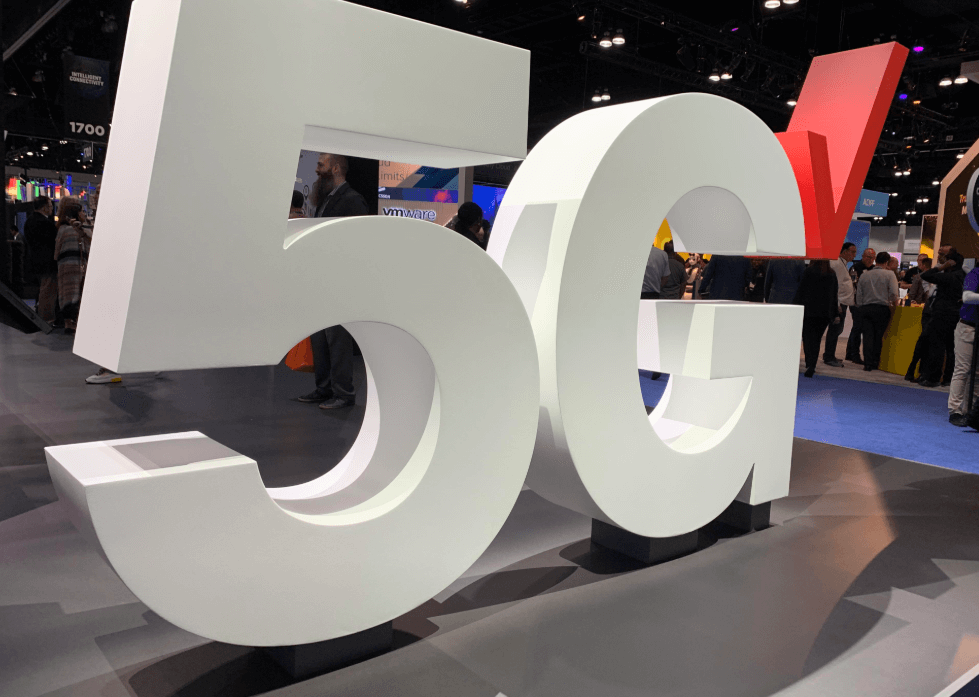Arelion has upgraded its existing Infinera FlexILS flexible-grid line system to support the L-band on a high-traffic route from Ashburn, VA to Atlanta. The upgrade doubles capacity per fiber pair, marking Arelion’s first route with active L-band capacity in service.
Arelion, which plans additional L-band deployments on high-traffic routes in North America, said this innovation enables it to bring more capacity to market on a continent where long-distance fiber is in short supply in many regions.
“We’re seeing significant demand for additional capacity from our customers along this high-traffic route as these tech hubs grow rapidly,” said Georgios Tologlou, Senior Network Architect, Arelion. “This innovation is a strong business case for us to optimize the cost per bit and minimize operational expenditures. Leveraging L-band, we can maximize the capacity per fiber pair to quickly serve our customers’ demands and supercharge our sales growth on one of the most popular routes in our North American network.”
Infinera FlexILS is the industry’s most widely deployed flexible grid-compliant open optical line system, featuring C+L-band support and colorless-directionless-contentionless ROADM. It seamlessly doubles fiber capacity through L-band expansion from the adjacent C-band without impacting service or operational quality.
Infinera said its system enhances flexibility by supporting programmable configuration that optimizes operation based on performance, spectral efficiency, long span reach, and fiber conditions.
“Our platforms are purpose-built to enable seamless upgrades to provide the greatest amount of investment protection and enable our customers to meet relentlessly growing bandwidth demand,” said Ron Johnson, Infinera’s General Manager, Optical Systems and Network Solutions Group. “Expanding the network to support L-band doubles the spectrum that can be used to transmit optical signals, hence enabling Arelion to double the amount of services they can provide per fiber while simultaneously achieving simplification of their network through automation and flexible operation.”















